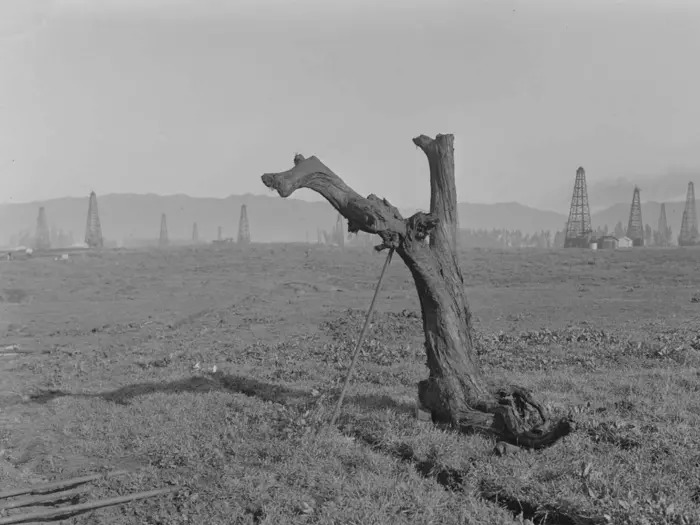US Air Force B-52 Test Flight Potentially Reveals New AGM-181 Nuclear Cruise Missile
- MM24 News Desk
- 1d
- 2 min read

A US Air Force B-52H Stratofortress bomber has been photographed carrying two mysterious, unidentified weapons that bear a striking resemblance to the rendering of the secretive AGM-181 Long-Range Standoff (LRSO) missile. The aircraft, spotted over California's Owens Valley on October 29, 2025, was marked with classic orange test identifiers, potentially offering the first public glimpse of America's next-generation stealth nuclear cruise missile.
The photograph was captured by aviation photographer Ian Recchio, who shared details with The Aviationist. “I was plane spotting with a friend when we heard ‘Torch52’ entering the low-level on the scanner,” Recchio stated. He noted the bomber climbed to about 5,000 feet, still low enough to capture clear images of the unique ordnance. The weapons were mounted on the outer points of a Multiple Ejector Rack (MER) under the aircraft's right wing, reported The Aviationist.
Upon analysis, the weapons show distinctive features that align closely with the only public rendering of the AGM-181A LRSO. These include an inverted T-tail with three surfaces, fold-out wings positioned below the weapon's body, and a distinct wedge-like profile at both the nose and tail. The LRSO is designed to replace the aging AGM-86B Air Launched Cruise Missile (ALCM) and will serve as a key nuclear deterrent for both the B-52 and the new B-21 Raider stealth bomber.
The timing of this sighting is particularly noteworthy, coming just days after Russian President Vladimir Putin announced testing of Russia's nuclear-powered Burevestnik cruise missile. When such highly classified assets appear in plain view under ideal photographic conditions, it is rarely accidental. This public display may serve as a calculated demonstration of capability, a quiet but clear response to Moscow's own strategic posturing.
The AGM-181 LRSO program represents a critical modernization effort for America's nuclear triad. The weapon is expected to be capable of penetrating advanced enemy air defenses from significant standoff ranges, delivering nuclear payloads to strategic targets. In 2020, the US Air Force selected Raytheon as the prime contractor, and the program has progressed through successful flight tests, demonstrating safe separation from the B-52 and controlled flight operations.
According to reports from The War Zone, the Air Force plans to acquire approximately 1,020 of the new missiles to replace the existing inventory of 528 AGM-86Bs, which are scheduled for retirement by 2030. The program's total cost is estimated at around $16 billion, with recent estimates from Air and Space Forces Magazine placing the unit cost at about $14 million each—a significant increase from the initially projected $10 million.
This is not the first time Ian Recchio has captured significant military developments. In March 2024, he photographed a B-1B Lancer carrying the massive 5,000-pound GBU-72/B bunker-buster bomb externally for the first time. These repeated sightings of advanced weaponry during daylight tests suggest these may be deliberate "show-the-flag" operations designed for strategic messaging.



Comments